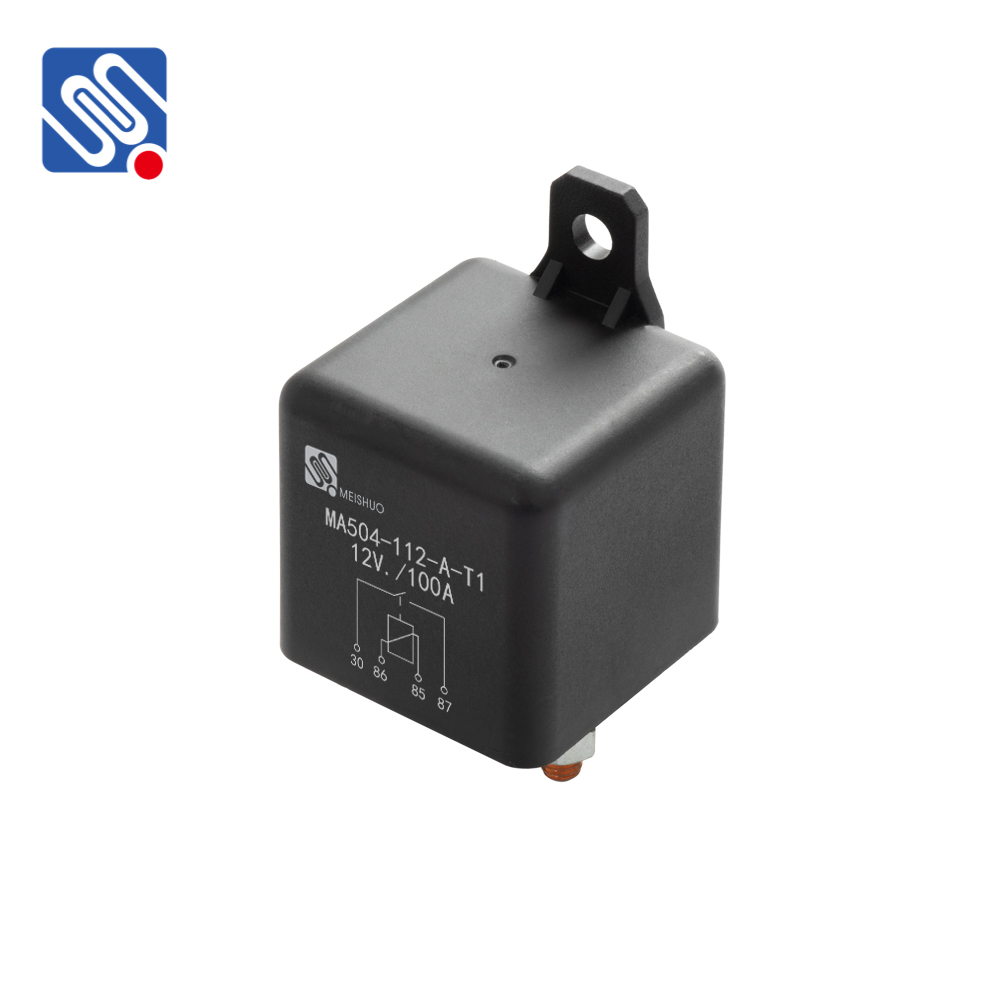understanding relay load: key concepts and applications
Release time:2025-10-19 15:11:03
Relays are essential components in electrical systems, widely used to control various devices without the need for direct human intervention. One of the crucial aspects of relay operation is its load handling capability, known as the relay load. Understanding the nature of relay load is vital for both electrical engineers and anyone involved in designing or operating automated systems. In this article, we will explore the concept of relay load, its characteristics, and its real-world applications.

What is Relay Load?
A relay load refers to the electrical device or system that a relay controls. In simple terms, when a relay is activated, it closes or opens its contacts, allowing or interrupting the flow of current to the connected load. This load can be anything from a simple light bulb to a high-powered industrial motor.
The key function of a relay is to act as an intermediary between a low-power control circuit and a high-power load. In this way, a relay enables the operation of devices that require more current or voltage than the control circuit can provide. The relay load varies depending on the application and the type of relay being used.

